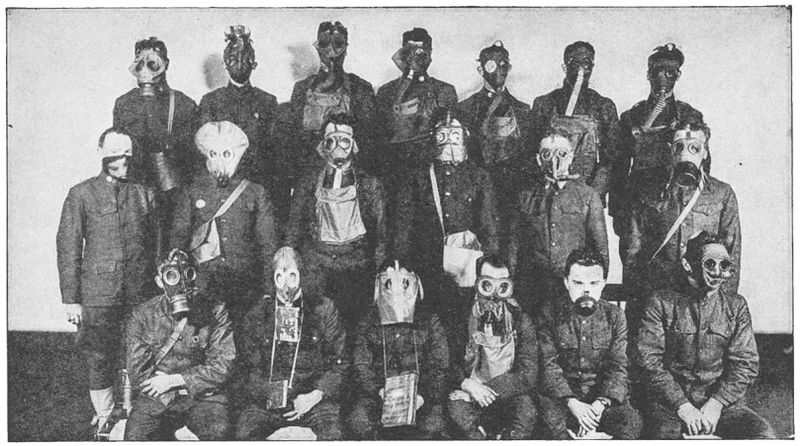
On this day in 1915, during the Second Battle of Ypres, chlorine gas was used by the Germans, making it the first use of poison gas in the First World War on a large scale (the French had used tear-gas grenades against the German forces in 1914, but not to the extent that the Germans would later deploy chlorine). Soldiers described it as having a distinctive smell – a combination of pepper and pineapple – with a metallic taste that stung the back of the throat and chest. If it reaches the lungs, chlorine can react with water to form hydrochloric acid, irritating the respiratory system and potentially leading to death.
At around 5pm on the evening of 22 April, sentries posted among the French and Algerian troops began to notice an ominous yellow-green cloud drifting towards them, causing them to flee and create a four-mile gap in the Allied Line. Poison gas became one of the most feared weapons of the war because if the victim was not quick enough to use a gas mask, or if the gas mask failed to function properly, then they could be left in agony for days whilst succumbing to the effects of the gas.
The use of poison gases in the First World War constituted war crimes, violating the 1899 Hague Declaration Concerning Asphyxiation Gases and the 1907 Hague Convention on Land Warfare, which prohibited the use of poison or poisoned weapons in warfare. As a result, Germany became highly condemned for its actions, and its relations with the neutral powers were damaged, particularly the United States.
